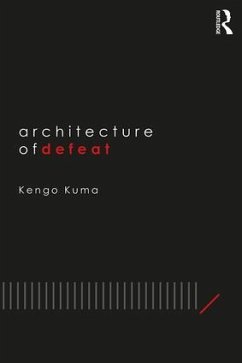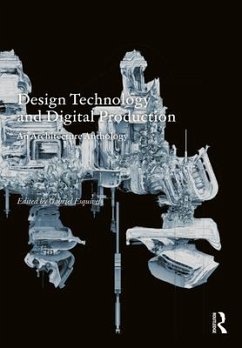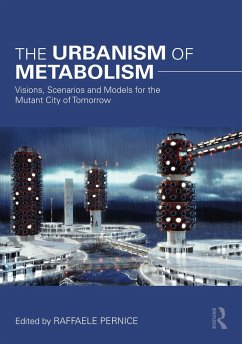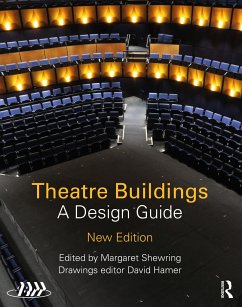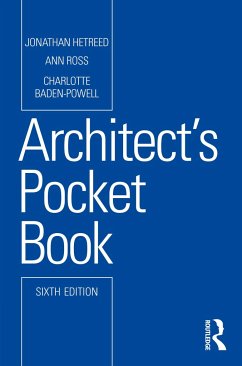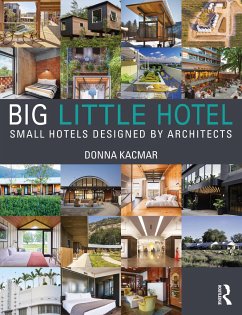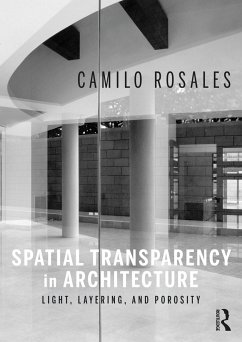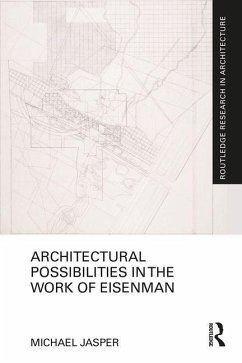Nicht lieferbar
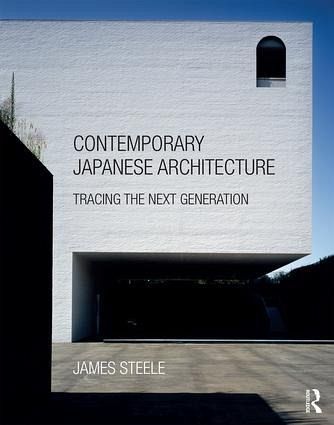
James Steele (USA University of Southern California)
Broschiertes Buch
Contemporary Japanese Architecture
Tracing the Next Generation
Versandkostenfrei!
Nicht lieferbar




By combining illustrations with timelines and graphics to explain complex ideas, the book is accessible to any student seeking to understand contemporary Japanese architecture.
James Steele is an architect who received both his bachelor's and master's degrees from the University of Pennsylvania, and practiced in the Philadelphia region before accepting a position at Dammam University in Saudi Arabia where he taught for eight years. He then served as Senior Editor at Academy Editions, and taught at the Prince of Wales's Institute of Architecture in London before relocating to the University of Southern California School of Architecture in 1991, receiving a PhD in Urban Planning and Development at USC in 2002. Professor Steele has taught history and theory as well as design studio, and also organized the first Foreign Studies Program for architecture students in Malaysia in 1998. He administered it up through its fifteenth and final session in 2013 and then founded and became the director of a new undergraduate program in South America, based in Sao Paulo, Brazil. He has written extensively on contemporary architecture and has been a guest critic and speaker at numerous universities in the United States and internationally.
Produktdetails
- Verlag: Taylor & Francis Ltd
- Seitenzahl: 290
- Erscheinungstermin: 24. Mai 2017
- Englisch
- Abmessung: 279mm x 217mm x 19mm
- Gewicht: 1052g
- ISBN-13: 9781138941250
- ISBN-10: 1138941255
- Artikelnr.: 48251594
Herstellerkennzeichnung
Libri GmbH
Europaallee 1
36244 Bad Hersfeld
gpsr@libri.de
Für dieses Produkt wurde noch keine Bewertung abgegeben. Wir würden uns sehr freuen, wenn du die erste Bewertung schreibst!
Eine Bewertung schreiben
Eine Bewertung schreiben
Andere Kunden interessierten sich für



